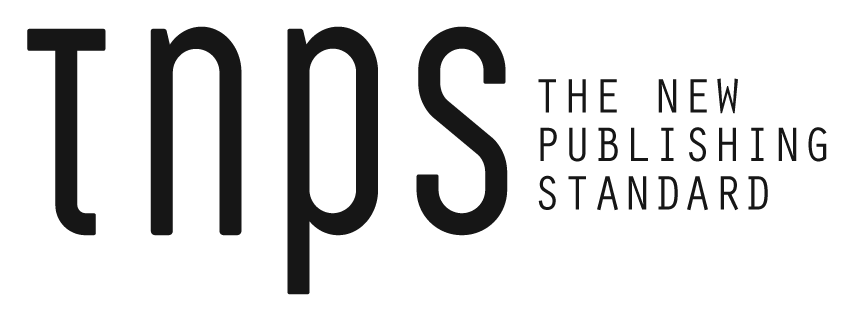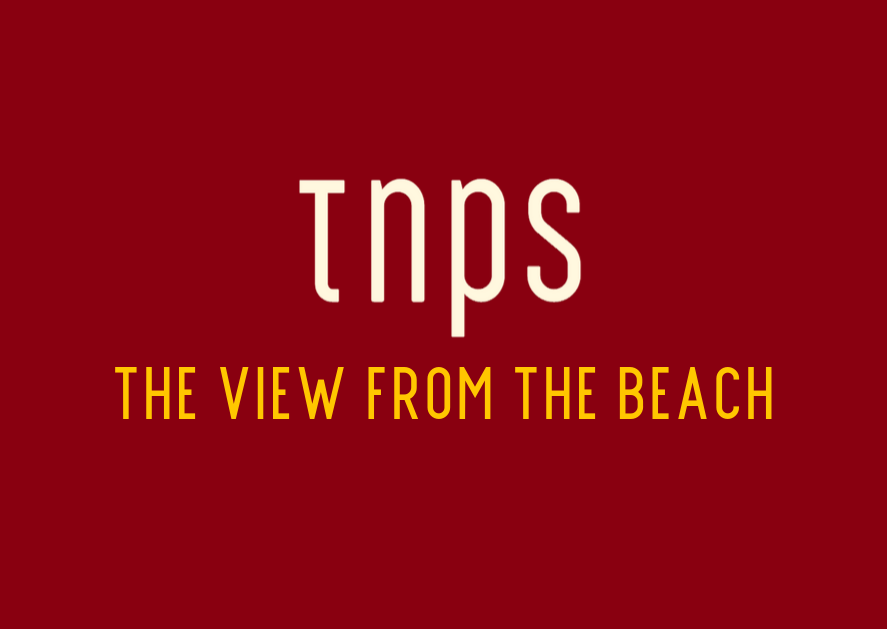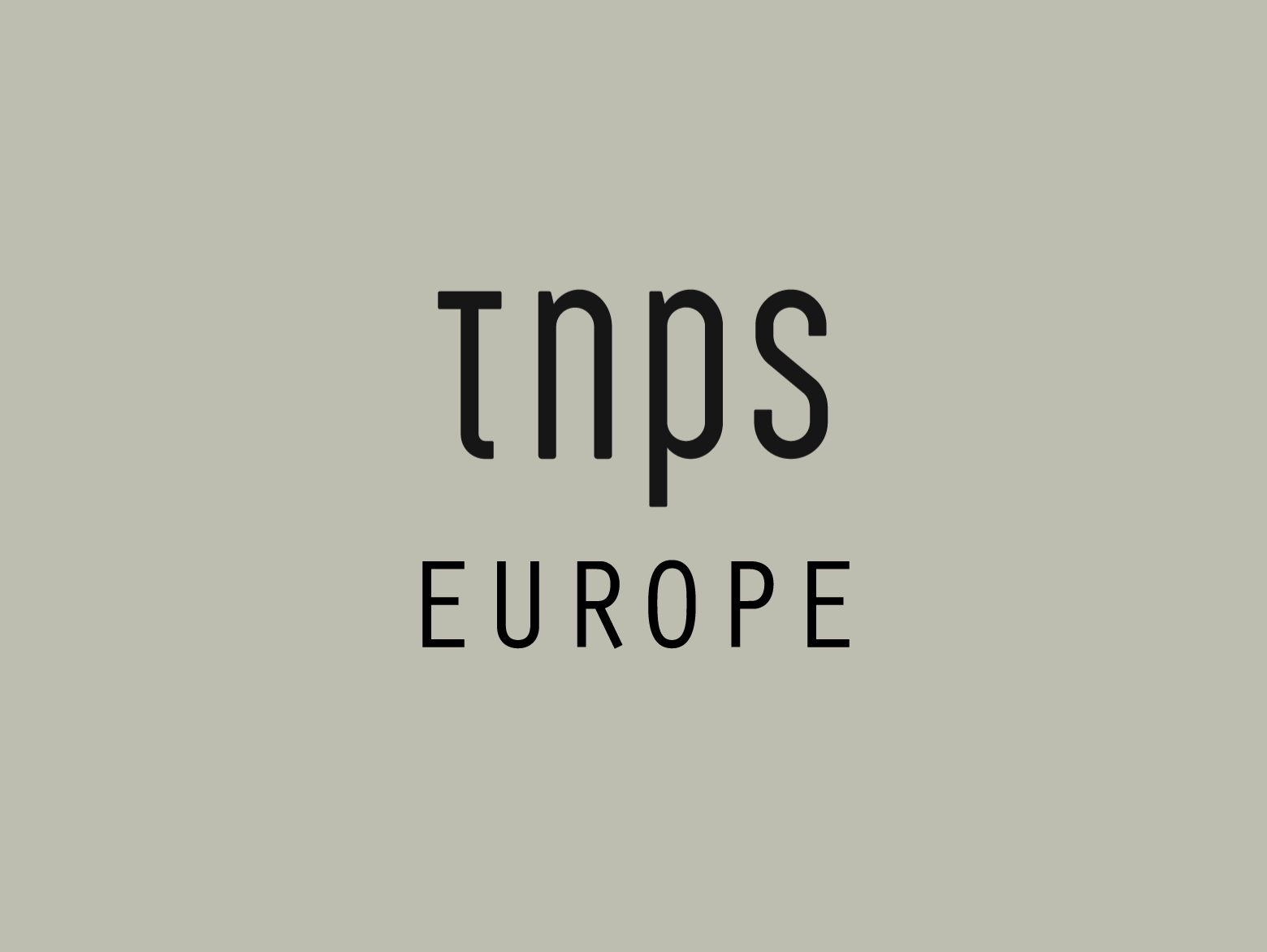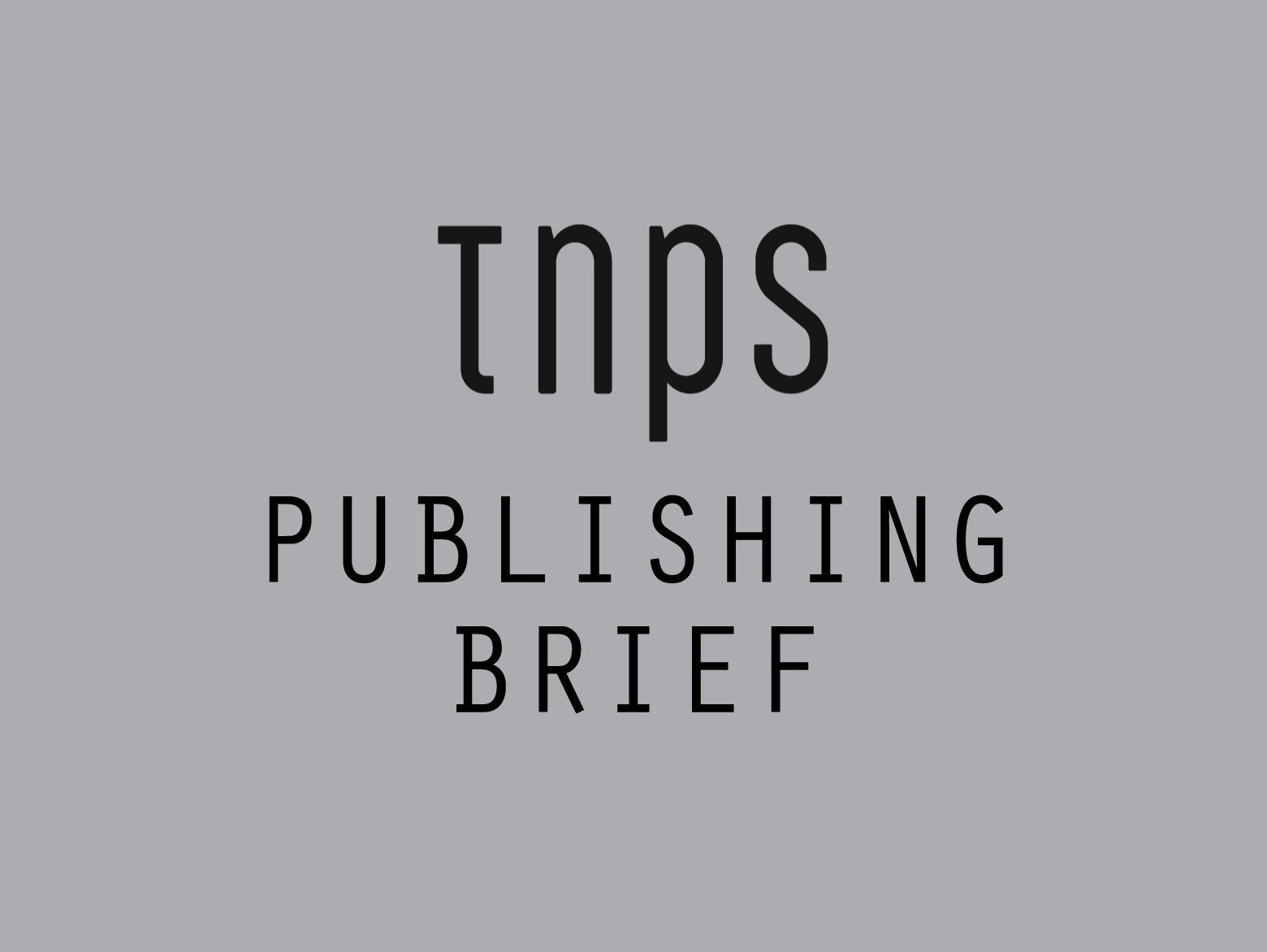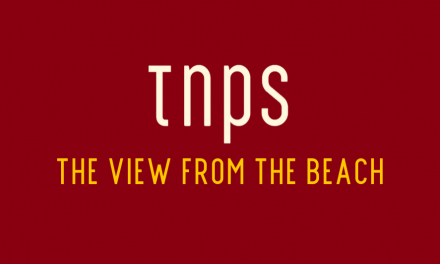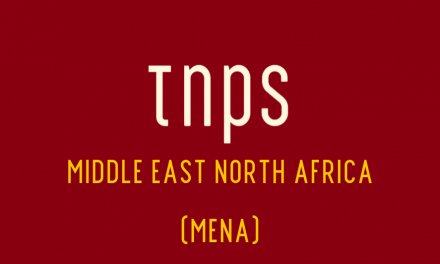The shift towards streaming isn’t merely about consumer convenience – it represents a fundamental change in how content is discovered, consumed, and valued.
The Watershed Moment: Television’s Transformation
The milestone announcement of streaming television overtaking combined broadcast and cable viewership represents more than a statistical curiosity – it marks a fundamental shift in how audiences consume content. This watershed moment should serve as a clarion call to the publishing industry, which has thus far resisted the streaming model with a tenacity that borders on the quixotic.
Television’s transformation didn’t happen overnight. The medium evolved through decades of technological advancement, changing viewer habits, and crucially, industry adaptation. From the dominance of terrestrial broadcasting to the cable revolution, and now to the streaming supremacy, each phase brought initial resistance from established players who feared cannibalisation of existing revenue streams. Yet those who adapted thrived, whilst those who clung to obsolete models found themselves marginalised.
Sound familiar?
The publishing industry now faces its own inflection point, yet the Big Five publishers continue to treat streaming platforms as necessary evils rather than the future of content consumption. This resistance, whilst understandable from a legacy revenue perspective, ignores the inexorable forces reshaping media consumption across all sectors.
And that is just one of all too many blinkered perspectives that publishing insists on juggling.
The Fallacy of Reader Preference
Publishers frequently invoke the argument that “readers prefer retail” as justification for their restrictive approach to streaming platforms. the previous CEO of PRH, Markus Dohle elevated this nonsense to an artform.
“When it comes to subscription, I am convinced that in the long run it is not good for author income, it is not good for retail.”

Dohle continued: “Look at these investments this week (2021): big bucks flowing into the United States publishing industry, Storytel and Spotify entering the scene. We have a very clear view on this: it’s not good for authors, it’s not good for retail, it’s not good at creating the future of books and long-form reading for generations to come, and we continue to apply that to our strategy. We are talking to agents and authors about this and more and more people agree with us. We will see how this unfolds, whether readers at large will adopt those kinds of models. The future will show [the verdict], ultimately the reader will decide.”
Markus, the reader long since decided, but they can’t stream books that you and your cohorts keep off streaming platforms, which of course proves your point but flies in the face of economic common-sense.
PRH U-Turn pays Off
Dohle’s successor has partially recognised that, as we saw when PRH loaded content into the very Spotify Dohle so railed against a few years earlier.
The verdict has been pretty clear: Spotify has delivered substantial new revenue for publishers – including PRH – in blatant disregard for Dohle’s self-serving analysis.

Readers don’t want subscription, Markus?
This assertion crumbles under scrutiny when examined against evidence from other content industries and, more tellingly, from within publishing itself where streaming has been permitted to flourish.
Consider the success of Kindle Unlimited, which has demonstrated that readers readily embrace subscription models when offered compelling value propositions.

Similarly, audiobook streaming services like the aforementioned Spotify, Storytel, and Audible Plus (the arm of Audible that is not just a monthly credit model) have shown robust growth, suggesting that the supposed consumer preference for ownership over access is largely mythical.
Parallel Lines (with apologies to Blondie)
The parallel with the music industry is instructive. Record labels initially resisted streaming, citing similar concerns about consumer preferences and revenue protection. The transition wasn’t seamless – illegal downloading created significant disruption – but the industry ultimately found that streaming not only recovered lost ground but expanded the overall market. Spotify now generates more revenue for the music industry than physical sales ever did at their peak.

Publishing’s resistance to this model stems from understandable short-term concerns about print sales cannibalisation, but this defensive posture ignores the potential for market expansion that streaming enables. When content is more accessible, consumption typically increases rather than simply shifting from one channel to another.
Not convinced? Take another look at that chart above.
The Streaming Imperative: Beyond Consumer Preference
Here’s the thing: The shift towards streaming isn’t merely about consumer convenience – it represents a fundamental change in how content is discovered, consumed, and valued. Which is exactly why the likes of Markus Dohle feel so threatened by it.
But they feel threatened because they don’t understand the model. They were born and bred in a twentieth century era of gentleman’s club publishing that provided curated fodder for the great unwashed to buy from bricks & mortar bookstores.
As Count Markus explained: “Readers need guidance and orientation provided by publishers and retailers who help them to find their next best read.”
But there’s more. Dohle’s condescension knows no bounds. “As publishers and booksellers, we are not only the merchants of culture and words. We are, first and foremost, in service to society. Putting yourself into other people’s shoes by reading, in a very profound and deep way, generates empathy and human values, democratic values.”
Streaming Discovery Vs Dohle’s Reading Directives
Streaming platforms excel at content discovery through algorithmic recommendations, social features, and curated collections. These discovery mechanisms have proven particularly effective for midlist authors and niche genres that struggle for visibility in traditional retail environments.
Furthermore, streaming platforms generate invaluable data about reading habits, preferences, and engagement patterns. This data can – should the platform permit – provide publishers with insights that can inform editorial decisions, marketing strategies, and author development programmes.
Traditional retail sales data, whilst useful, offers limited insight into actual consumption patterns – a book purchased may never be read, whilst a streamed book provides granular data about reading progress, completion rates, and re-engagement.
The subscription model also creates more predictable revenue streams for publishers, reducing the volatility associated with individual title performance. Whilst the per-unit revenue may be lower initially, the cumulative effect of consistent streaming revenue, combined with expanded market reach, often compensates for reduced retail margins.
The Generative AI Revolution: Amplifying Opportunities
The emergence of generative artificial intelligence adds another dimension to this transformation, creating unprecedented opportunities for both creative development and marketing innovation. Rather than viewing AI as a threat to traditional publishing, forward-thinking publishers should recognise it as an accelerant for the streaming model’s advantages.
Creative Enhancement and Personalisation
Generative AI enables publishers to create personalised reading experiences that go far beyond traditional one-size-fits-all approaches. AI can generate customised book recommendations, create personalised summaries and reading guides, and even adapt content presentation based on individual reading preferences and comprehension levels.
For authors, AI tools can enhance the creative process through research assistance, plot development support, and even collaborative writing for specific genres or formats. This doesn’t replace human creativity but amplifies it, enabling authors to explore more ambitious projects and reach broader audiences.
The streaming model becomes particularly powerful when combined with AI personalisation. Platforms can dynamically adjust content recommendations, create personalised reading journeys, and even generate customised marketing materials for different audience segments – all scaled efficiently across millions of users.
Marketing Revolution Through AI Integration
Traditional book marketing relies heavily on broad demographic targeting and limited feedback loops. AI-powered streaming platforms can create hyper-targeted marketing campaigns that adapt in real-time based on user behaviour, reading patterns, and engagement metrics.
Generative AI can produce vast quantities of marketing content – social media posts, email campaigns, blog articles, and even video content – tailored to specific audience segments and individual preferences. This level of personalisation and scale is simply impossible through traditional marketing channels.
More significantly still, AI can identify emerging trends and reader preferences before they become apparent through conventional market research. This predictive capability enables publishers to commission content that meets future demand rather than merely responding to past performance.
Content Creation and Curation at Scale
The combination of streaming platforms and AI enables new models of content creation and curation. Publishers can commission AI-assisted content for specific niches, create interactive reading experiences, and develop multimedia content that enhances traditional text-based books.
AI can also facilitate translation and localisation at unprecedented speed and cost-effectiveness, enabling publishers to expand internationally through streaming platforms more readily than through traditional distribution channels.
The Competitive Imperative
Perhaps most critically, publishers must understand that their Luddite resistance to streaming doesn’t prevent the model’s growth – it merely ensures they’re not positioned to benefit from it. Tech companies, independent publishers, and self-published authors are already embracing streaming models and AI integration, creating competitive pressures that will only intensify.
Amazon’s dominance in publishing stems partly from their early embrace of digital transformation and platform-based models. Publishers who continue to resist streaming risk ceding further ground to platform companies that understand digital consumption patterns and leverage technology effectively.
To come full circle, the television industry’s streaming transformation occurred despite initial resistance from traditional broadcasters and cable companies. Those who adapted early – Netflix, Amazon Prime, Disney+ – now dominate the landscape, whilst traditional players struggle to maintain relevance. Publishing faces a similar crossroads.
Charting the Path Forward
The evidence from television’s streaming revolution, combined with emerging AI capabilities, suggests that publishing’s digital transformation is inevitable rather than optional. Publishers that recognise this reality and adapt accordingly will be better positioned to thrive in the evolving media landscape.
This doesn’t require abandoning print or traditional retail channels immediately, but it does demand a fundamental shift in strategic thinking. Publishers must begin treating streaming platforms as primary rather than secondary channels, investing in the technology and partnerships necessary to succeed in subscription-based models.
The integration of AI capabilities needs to be viewed as an essential component of this transformation, not a separate initiative. Publishers who combine streaming distribution with AI-enhanced personalisation, marketing, and content creation will create sustainable competitive advantages in an increasingly digital marketplace.
The television industry’s streaming milestone isn’t just a media curiosity – it’s a preview of publishing’s future. The question isn’t whether this transformation will occur, but whether established publishers will lead it or be disrupted by it.
The choice, for now, remains theirs to make.
This post first appeared in the TNPS LinkedIn newsletter.
